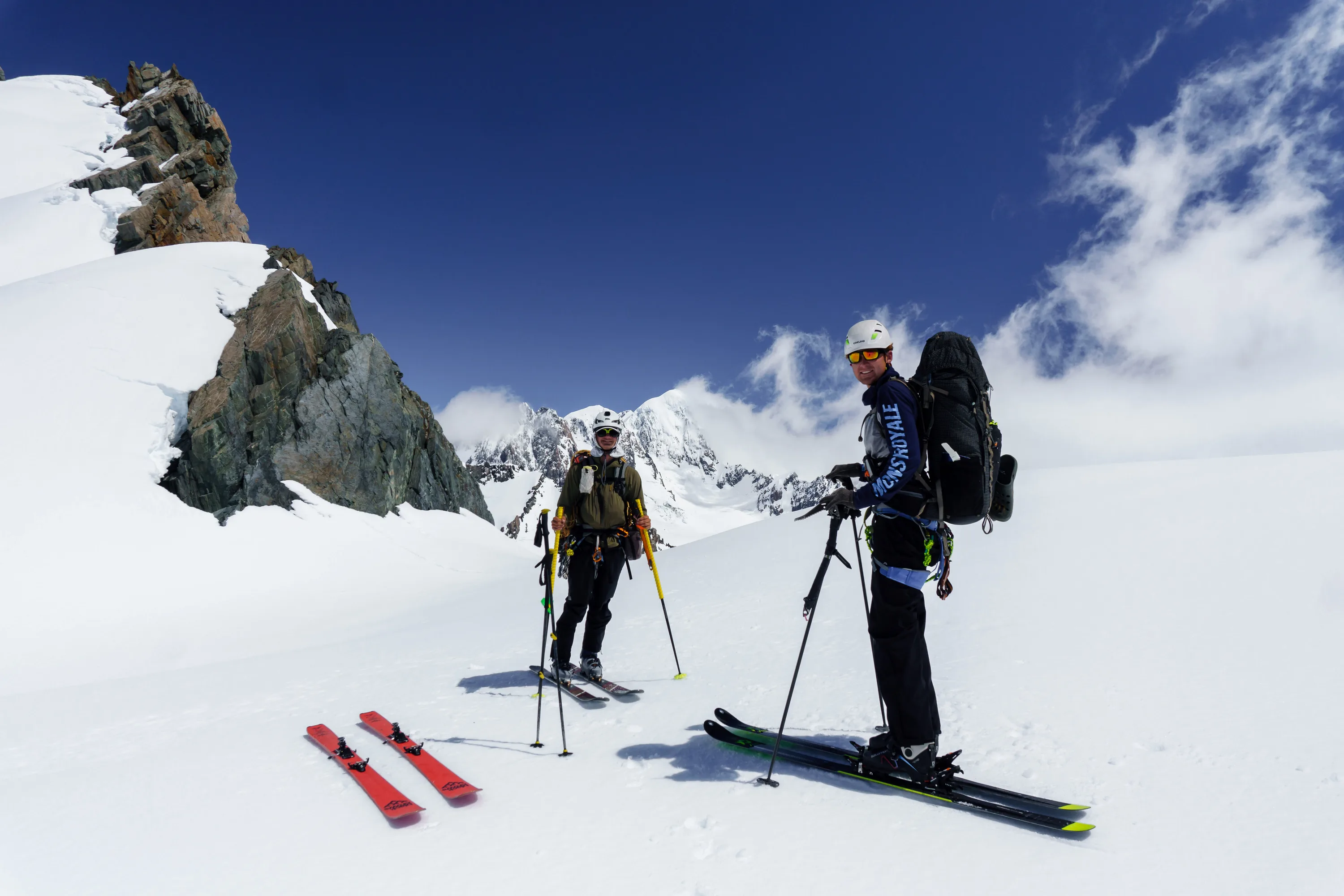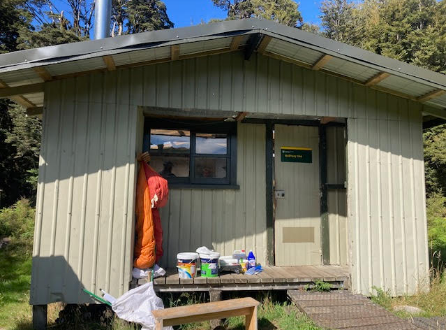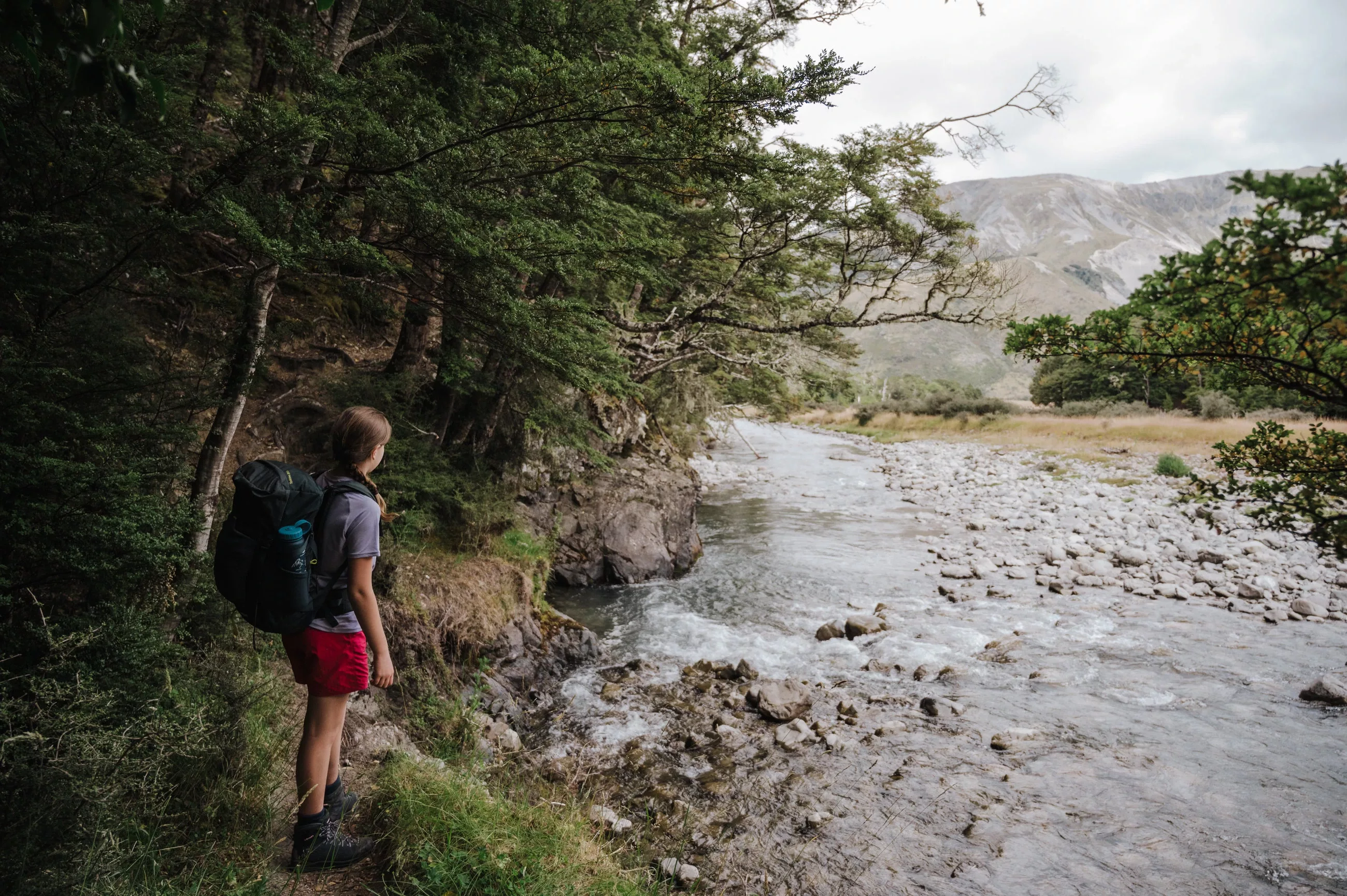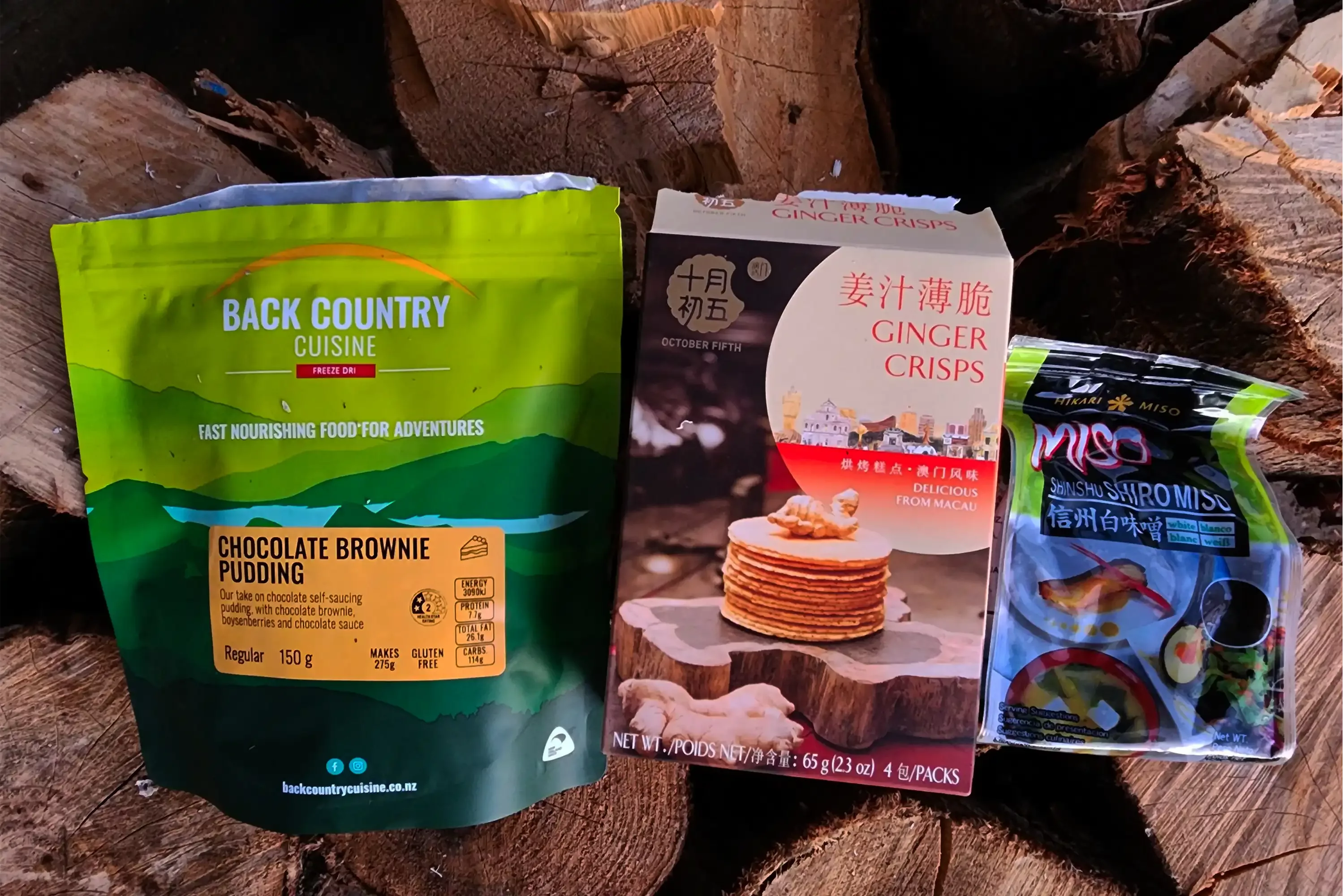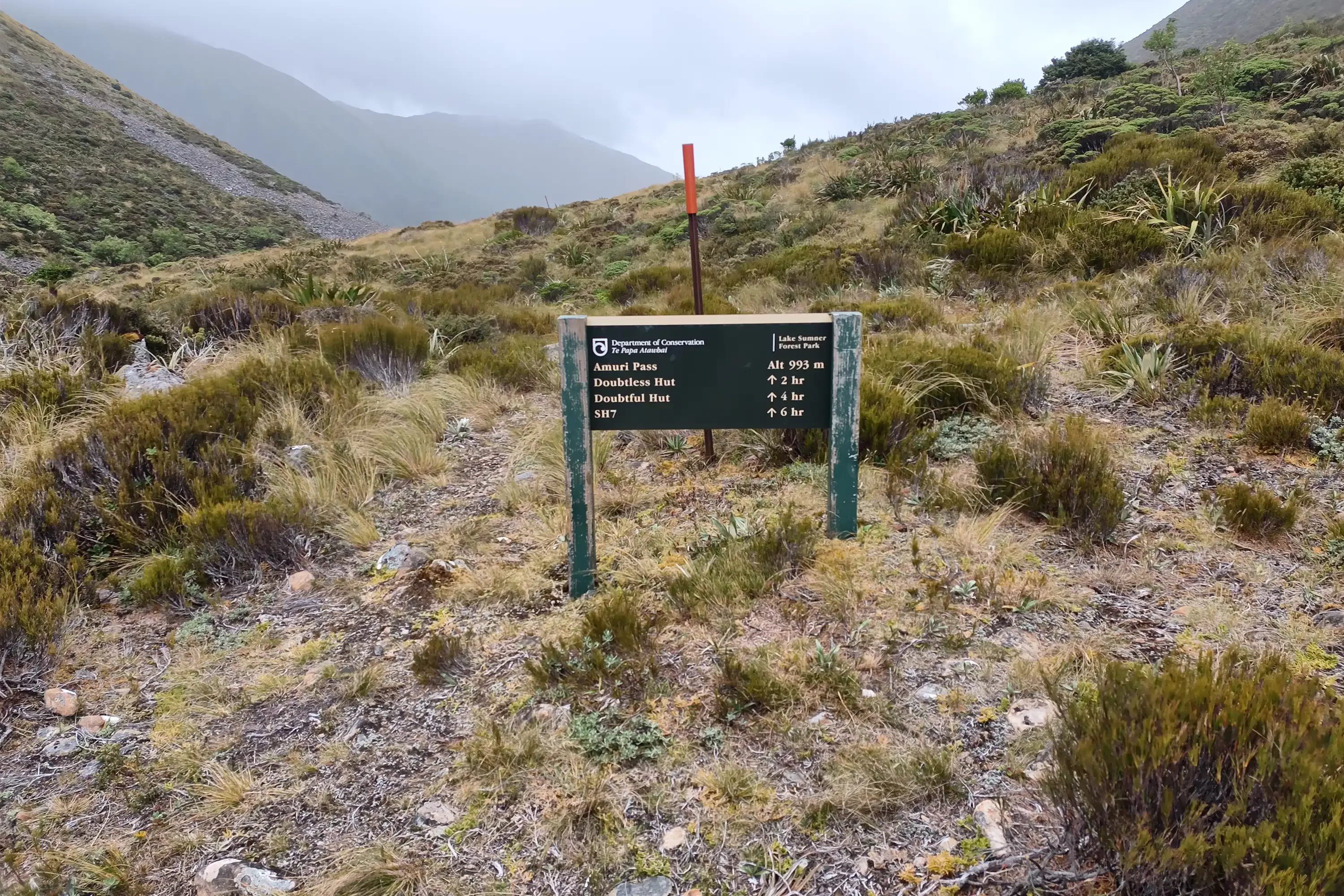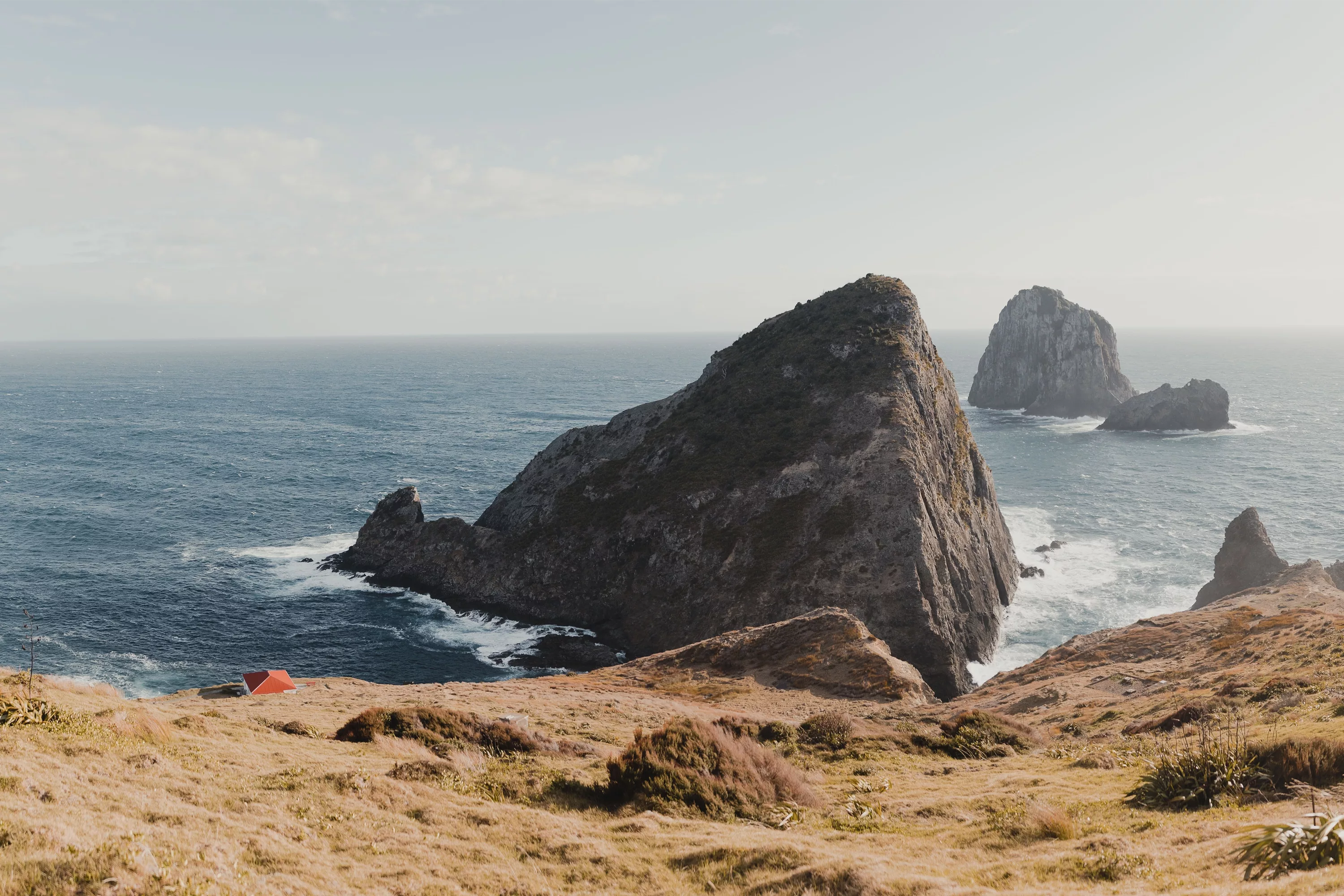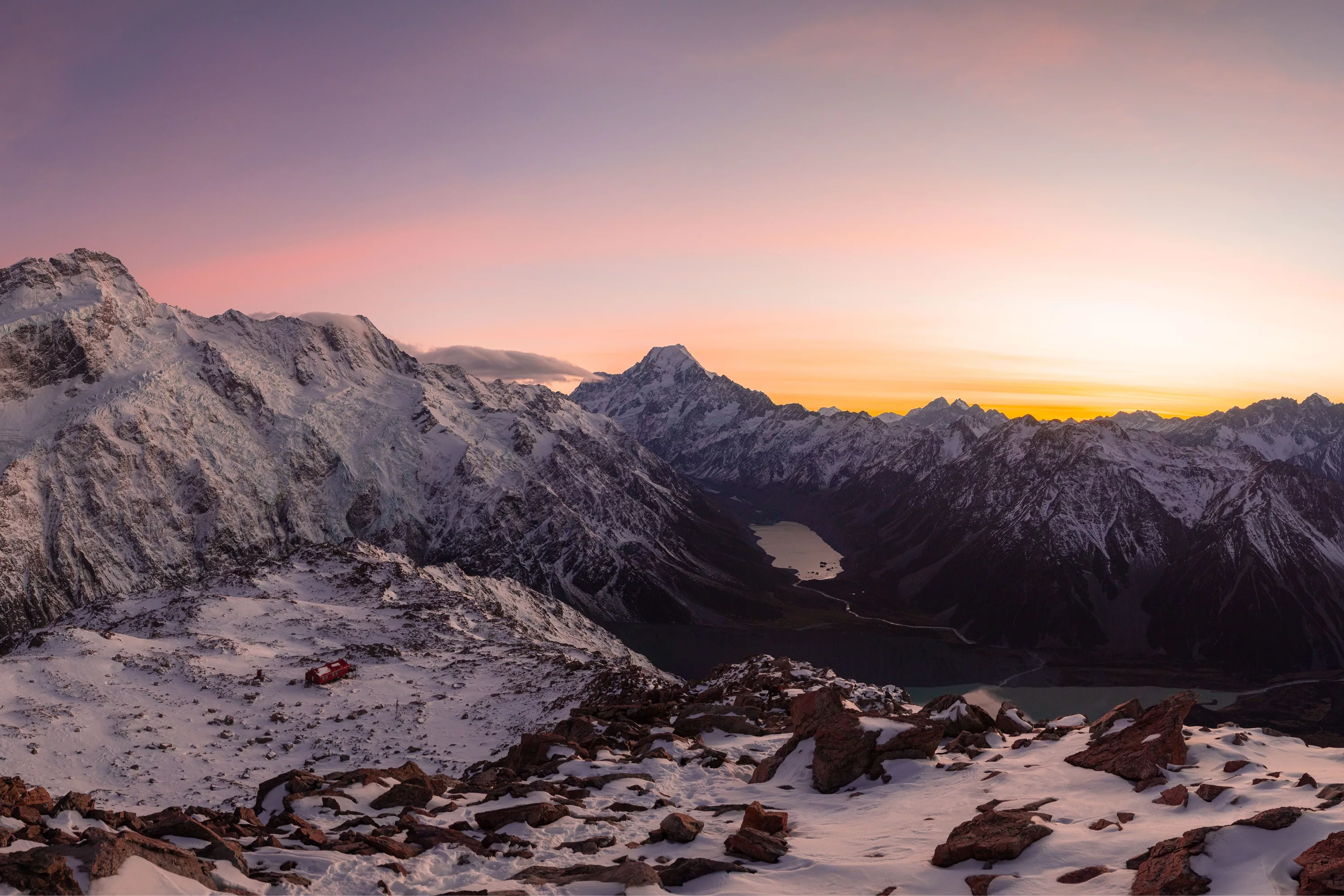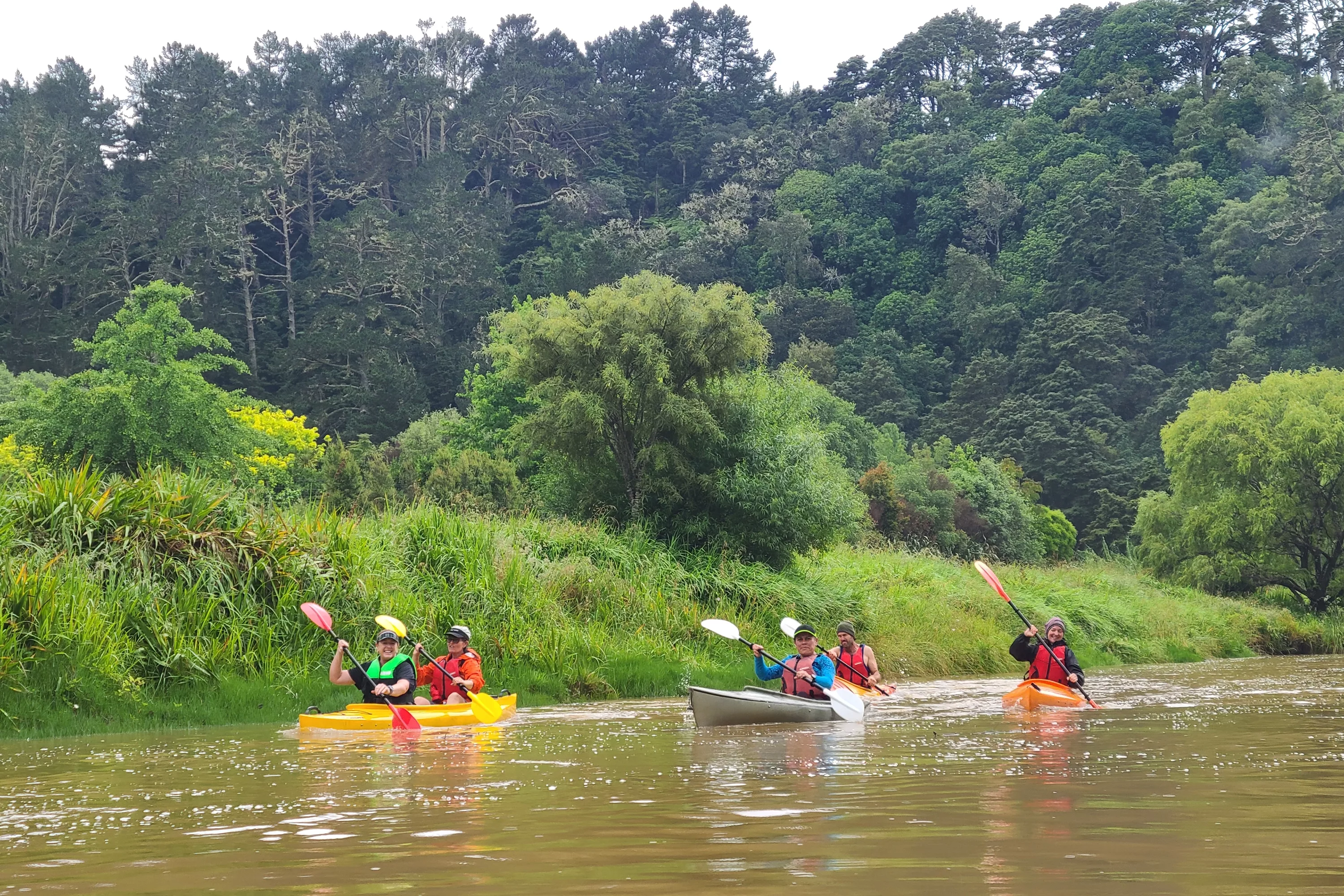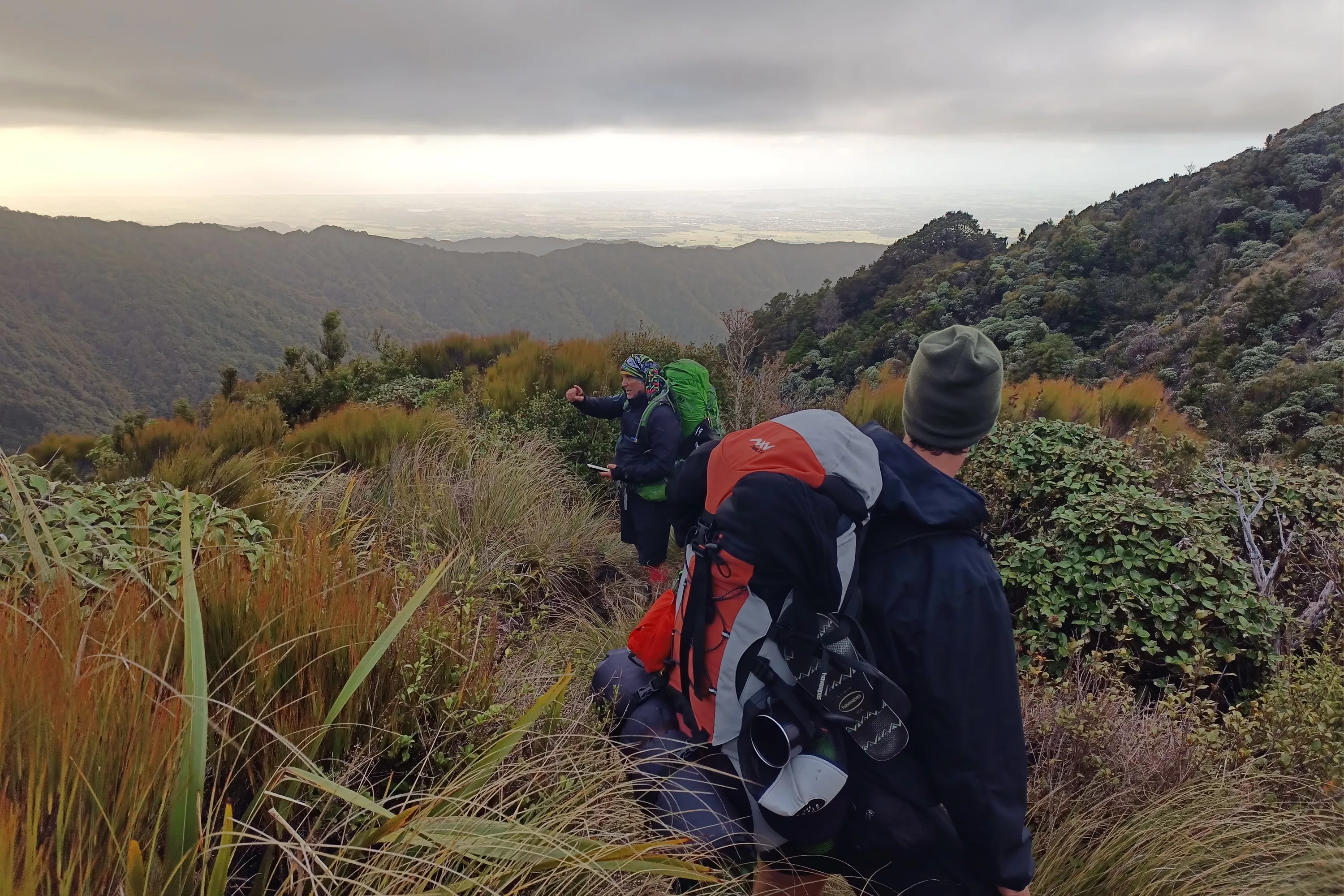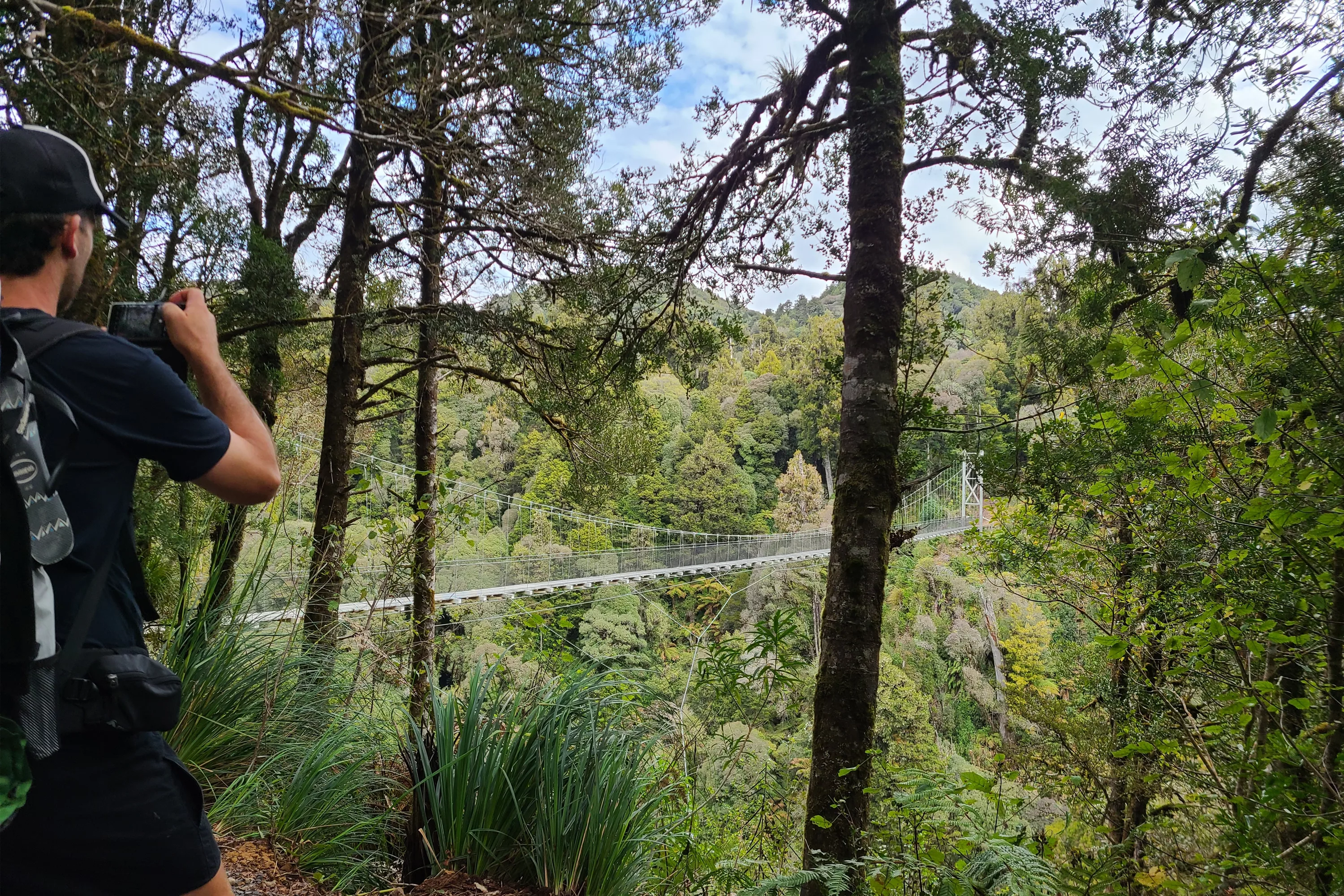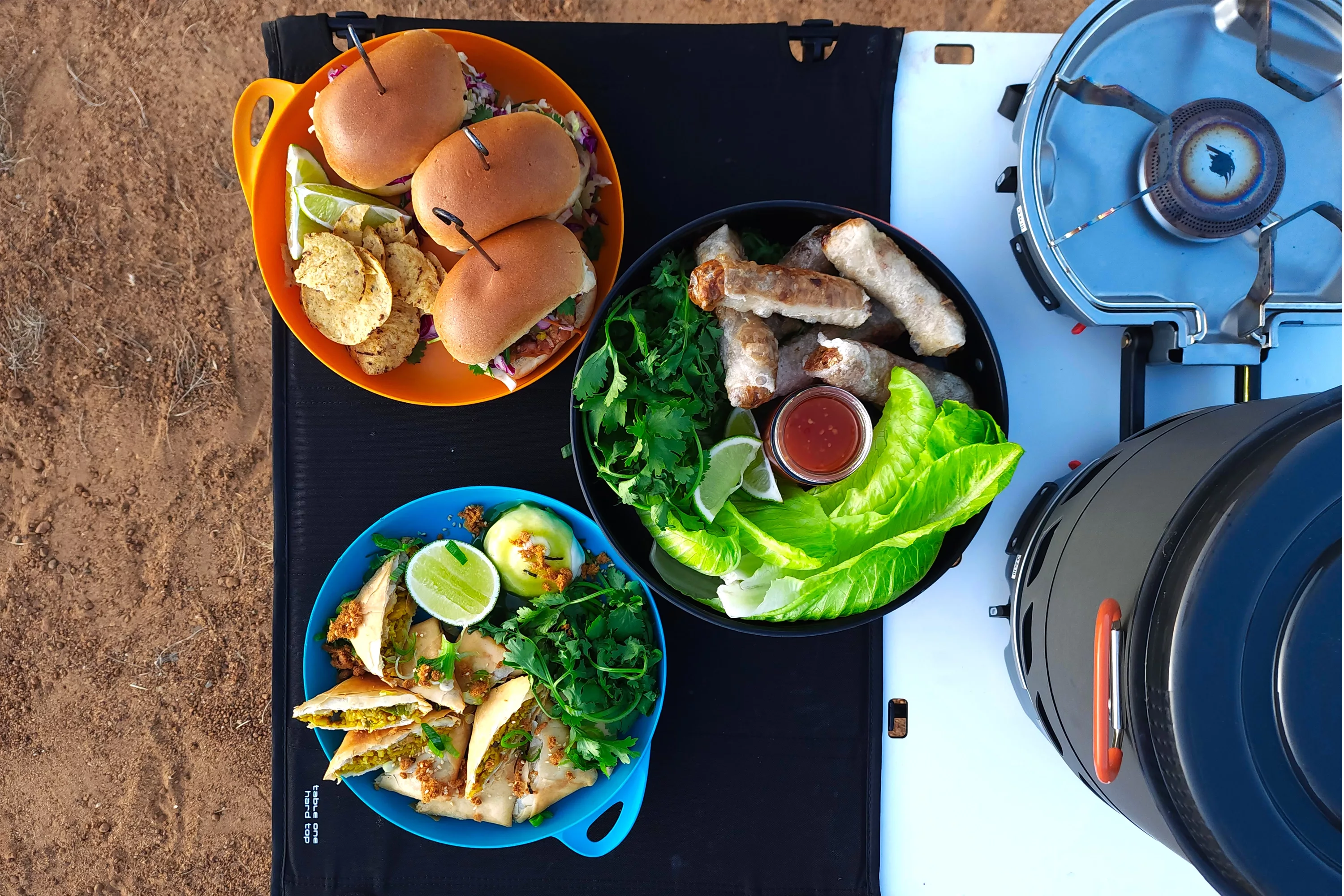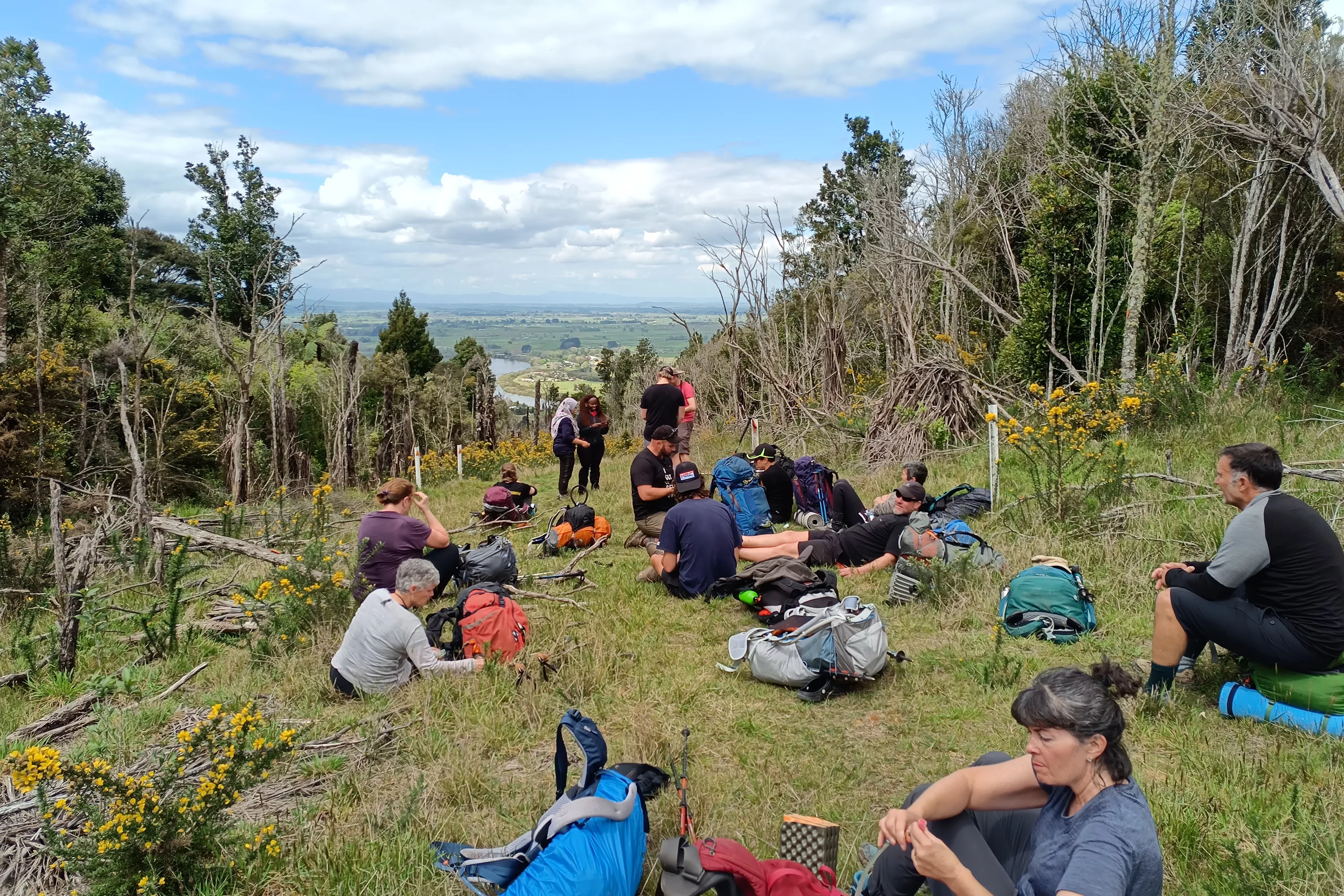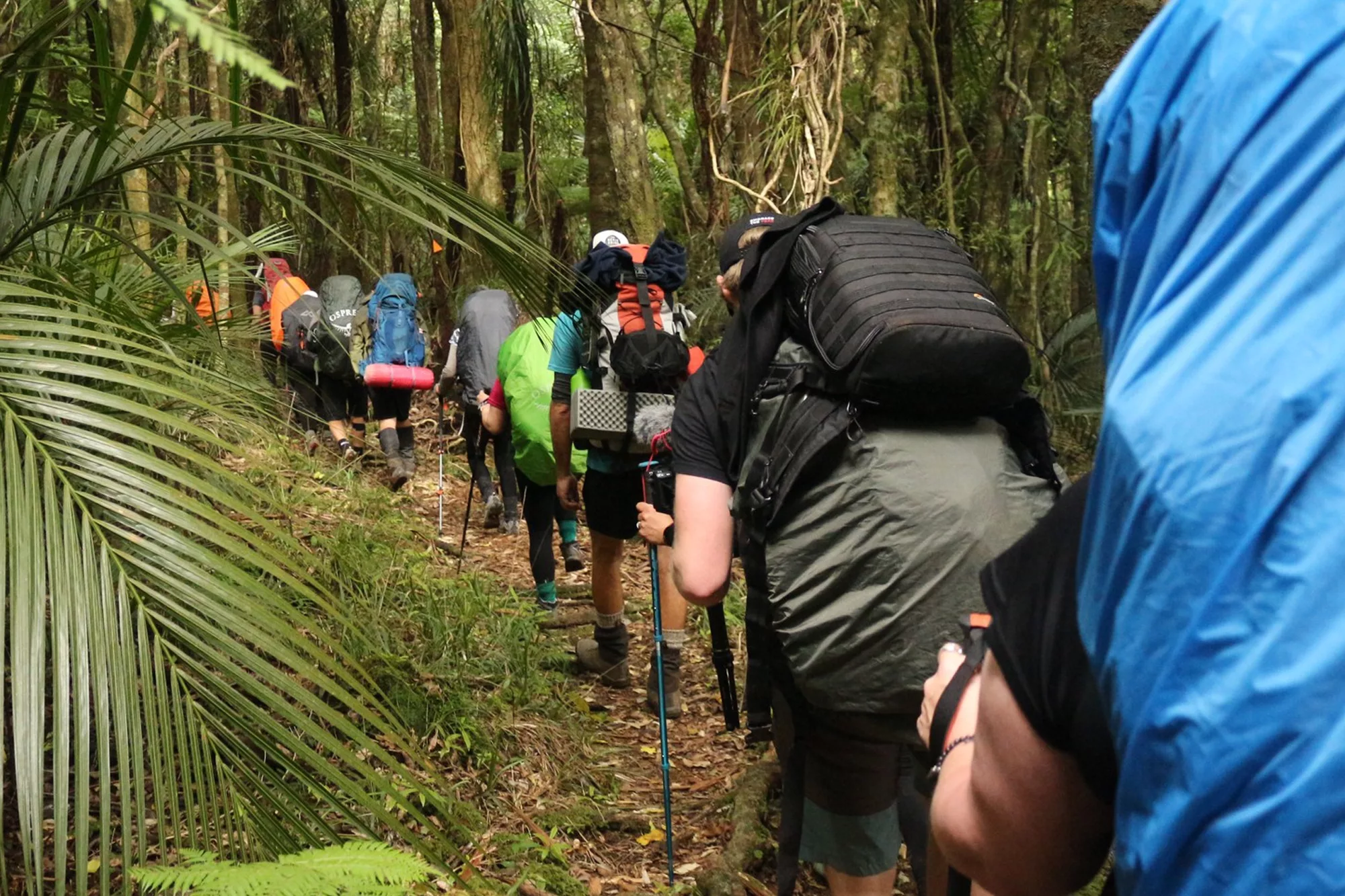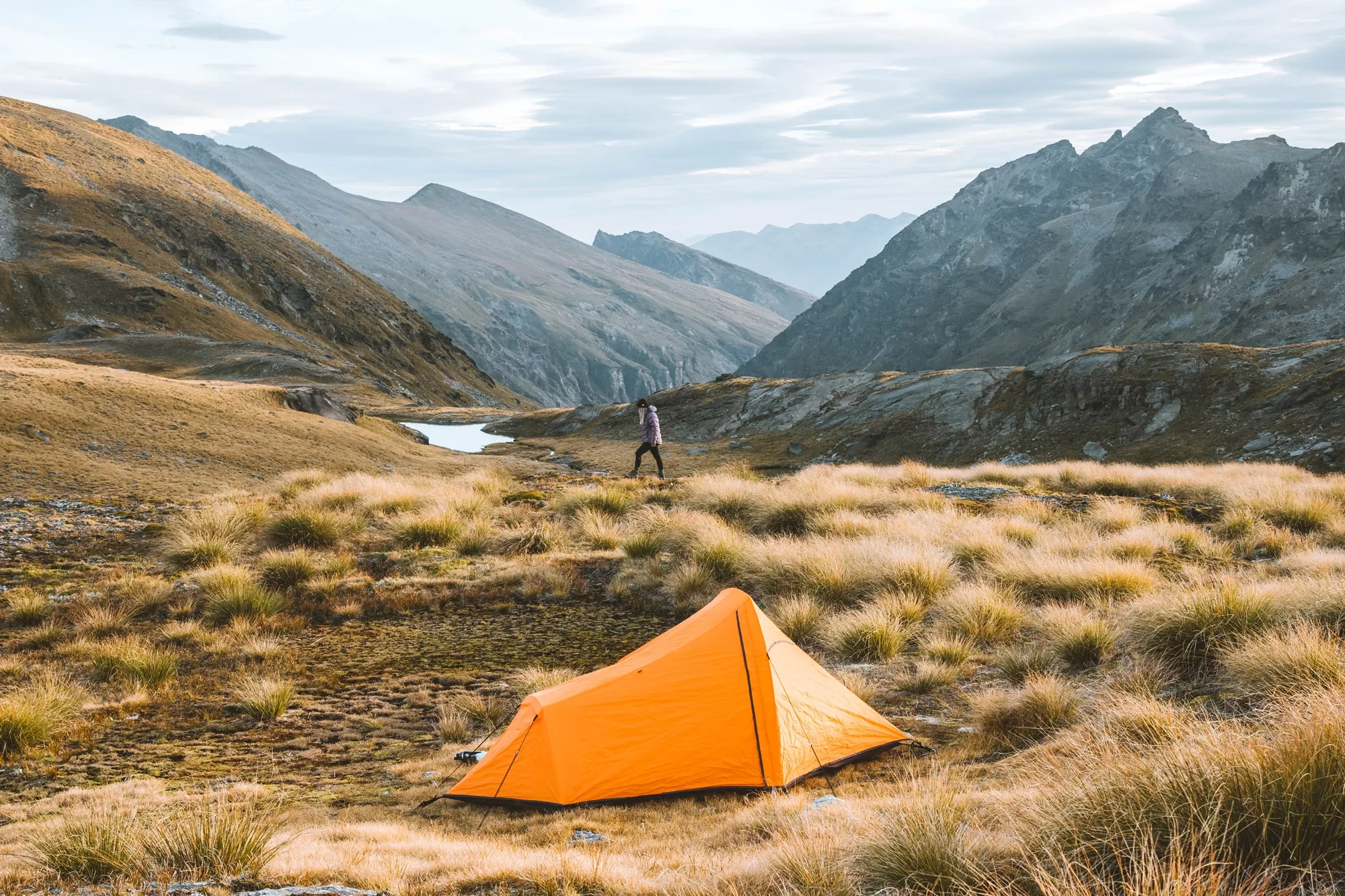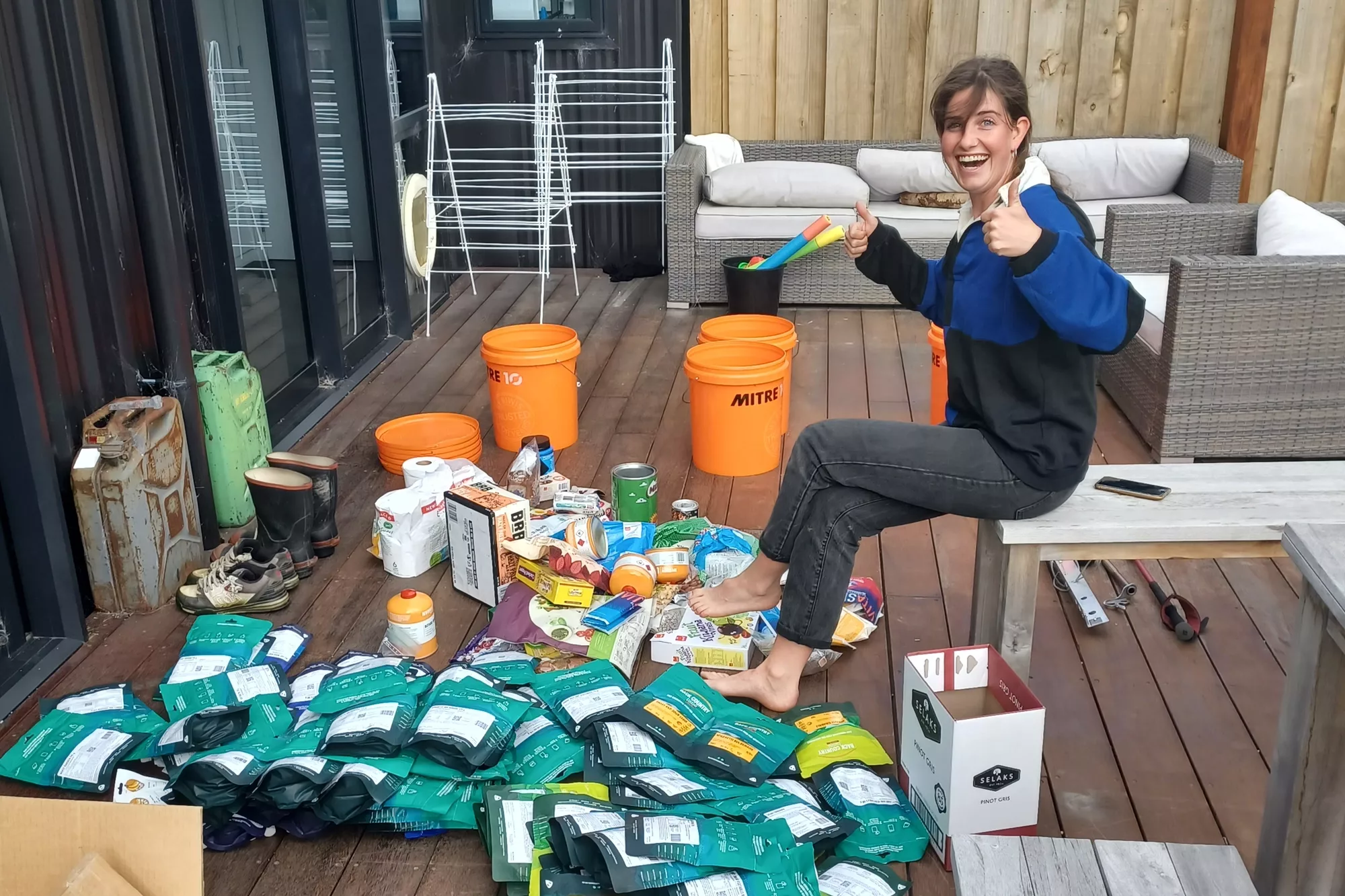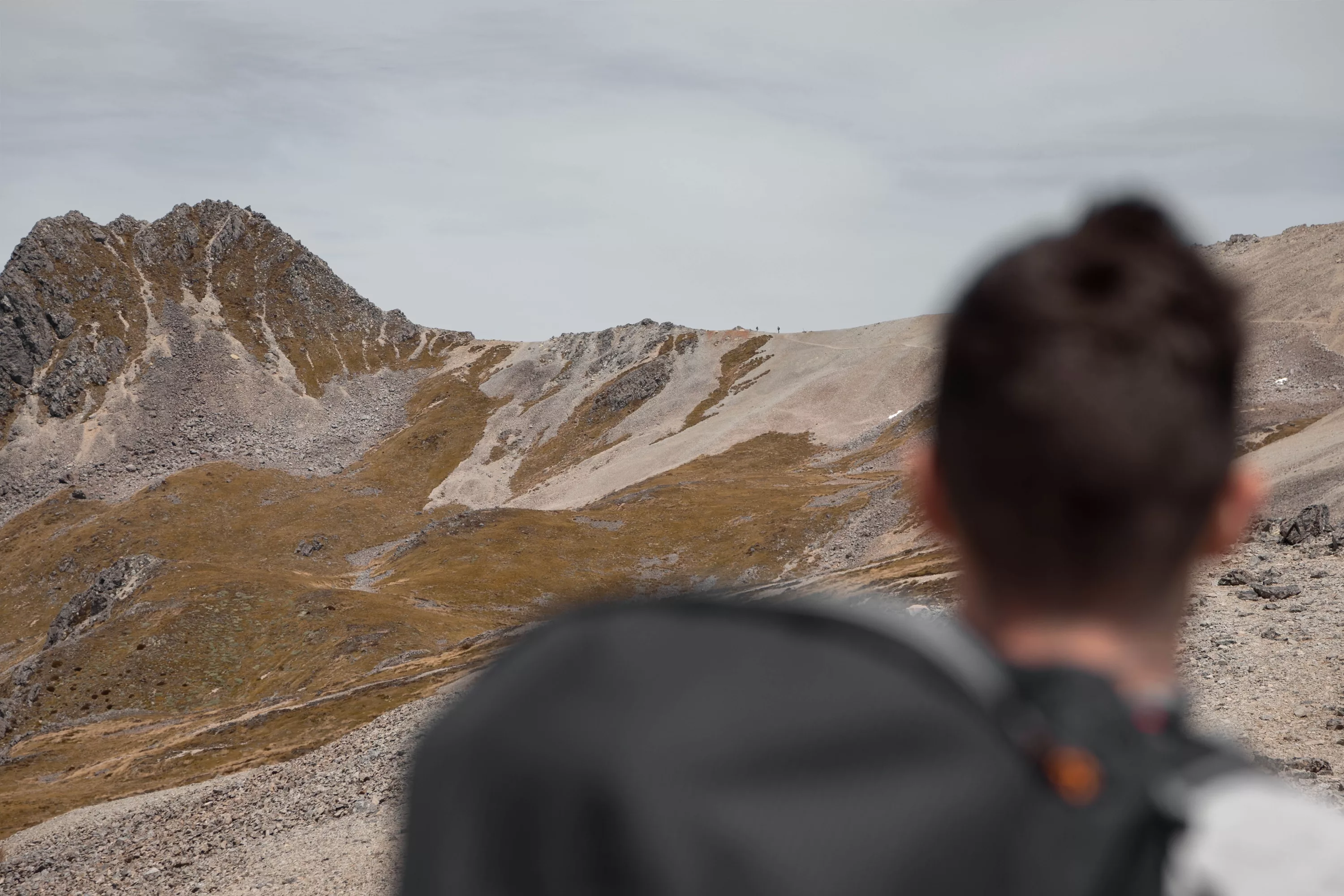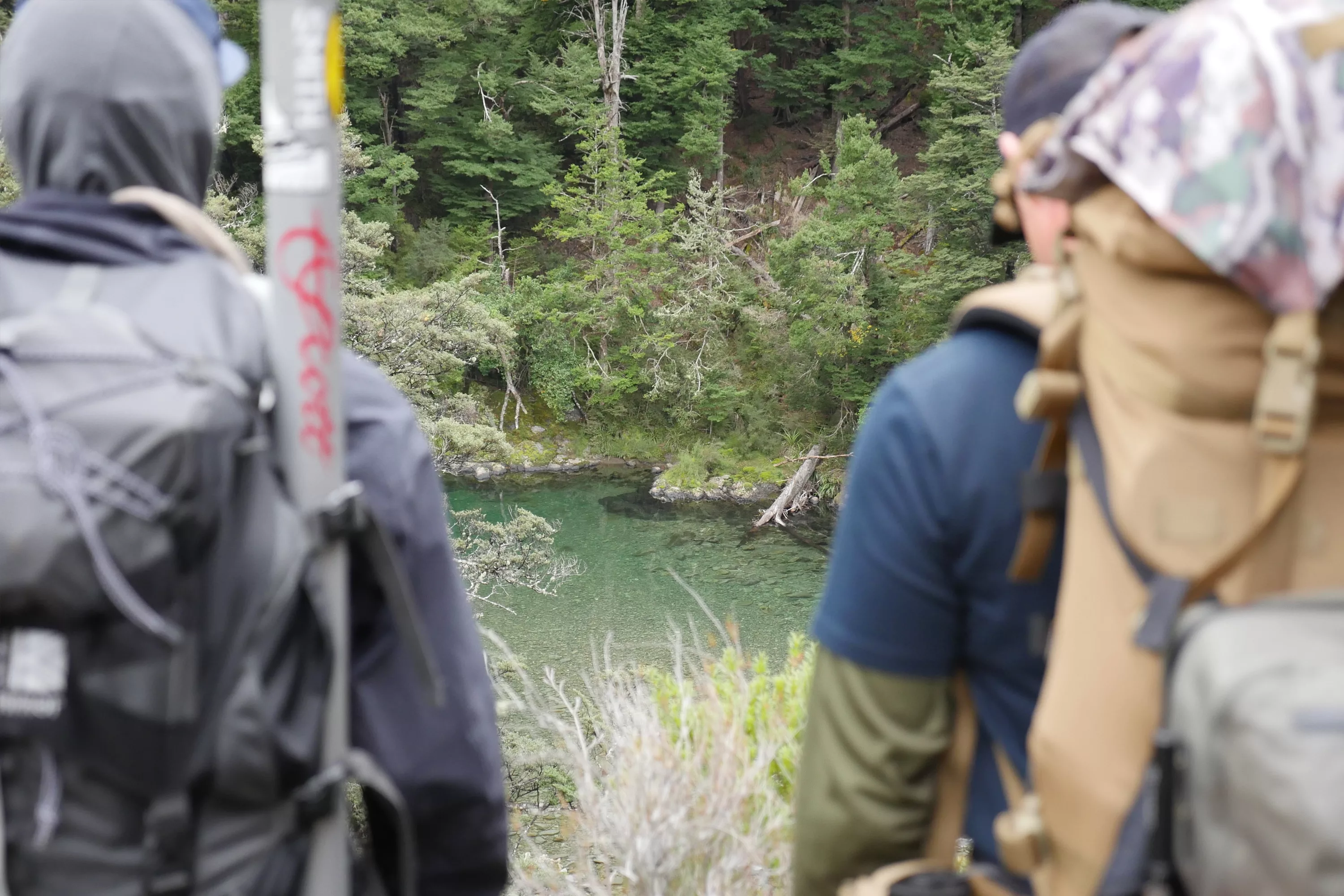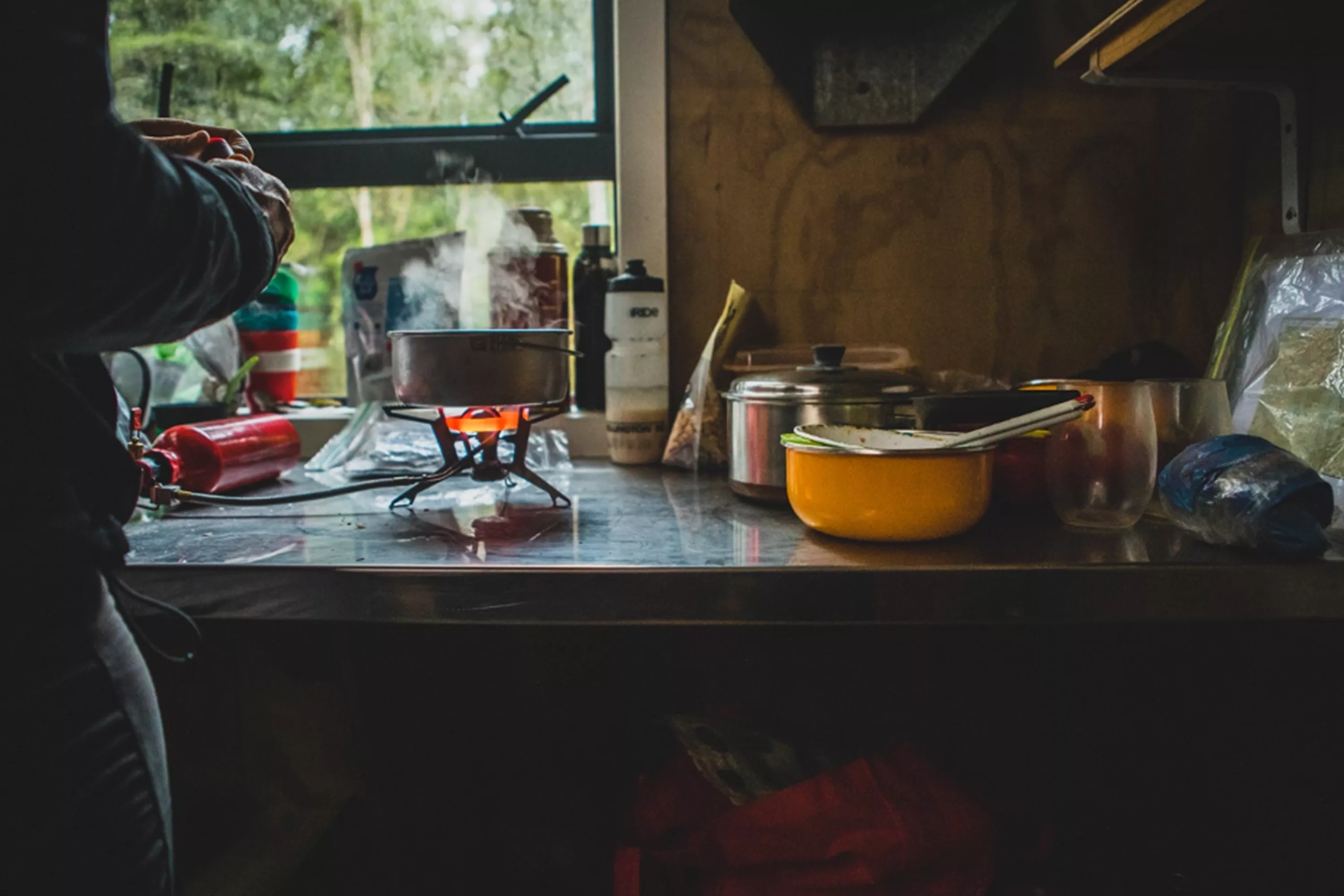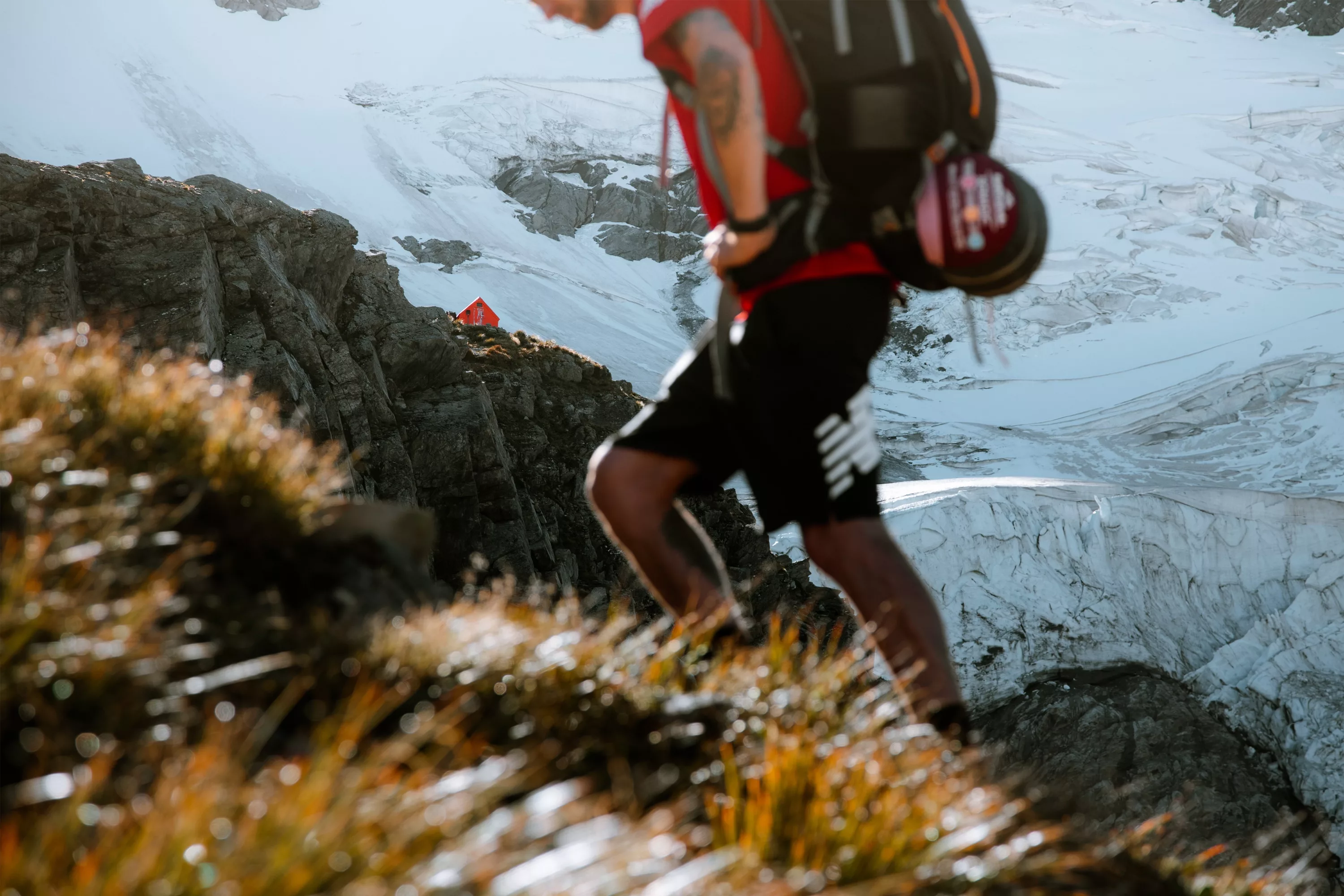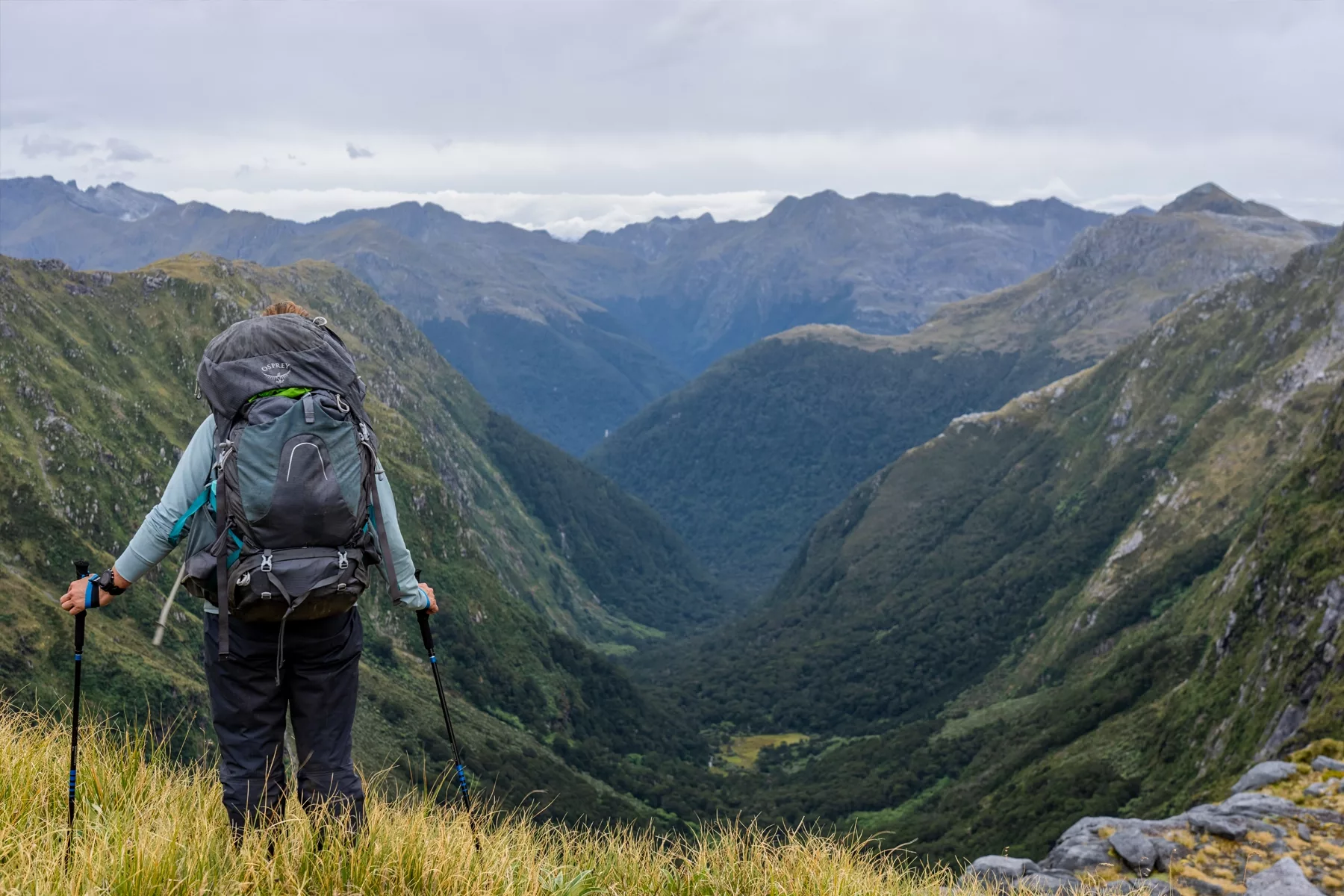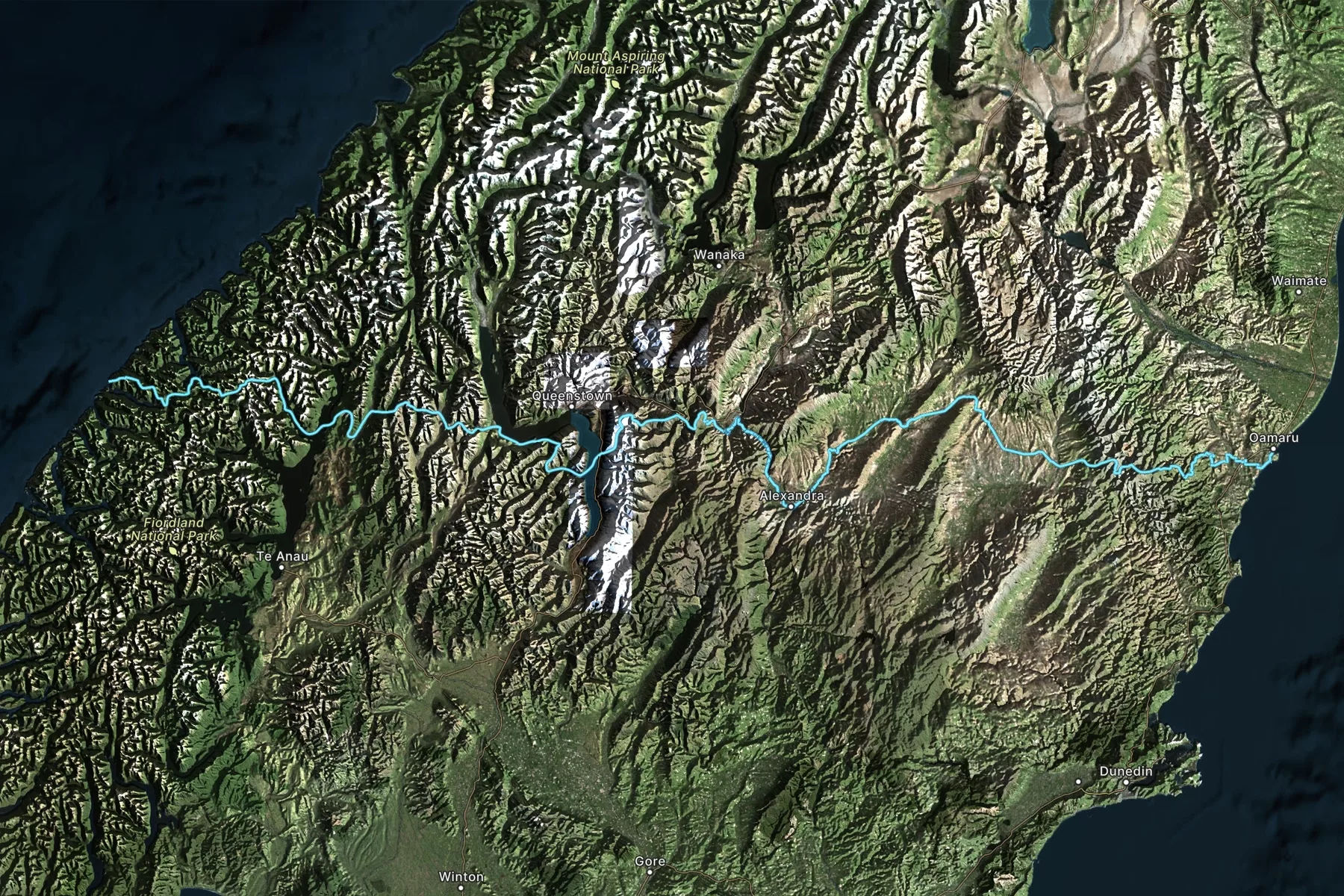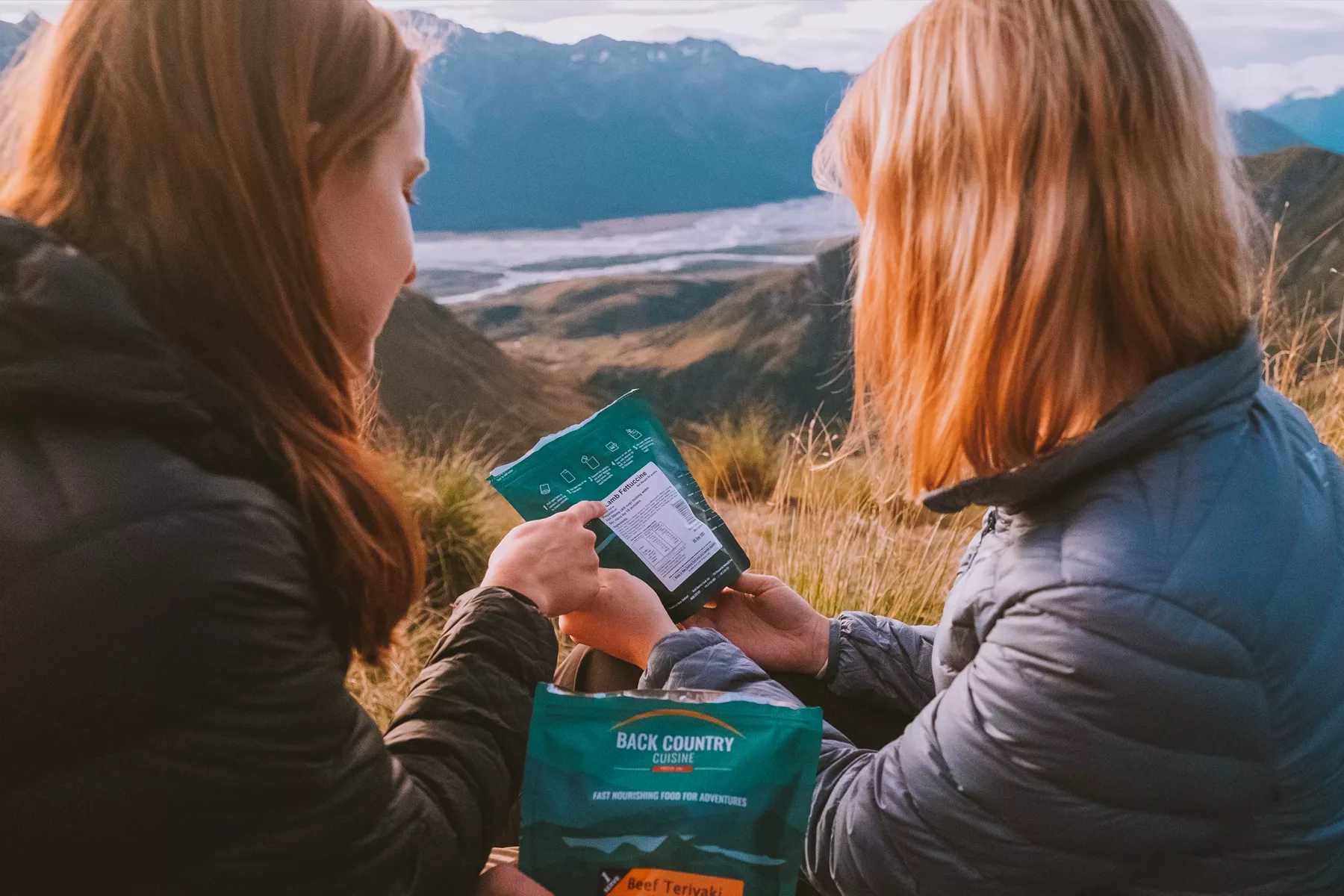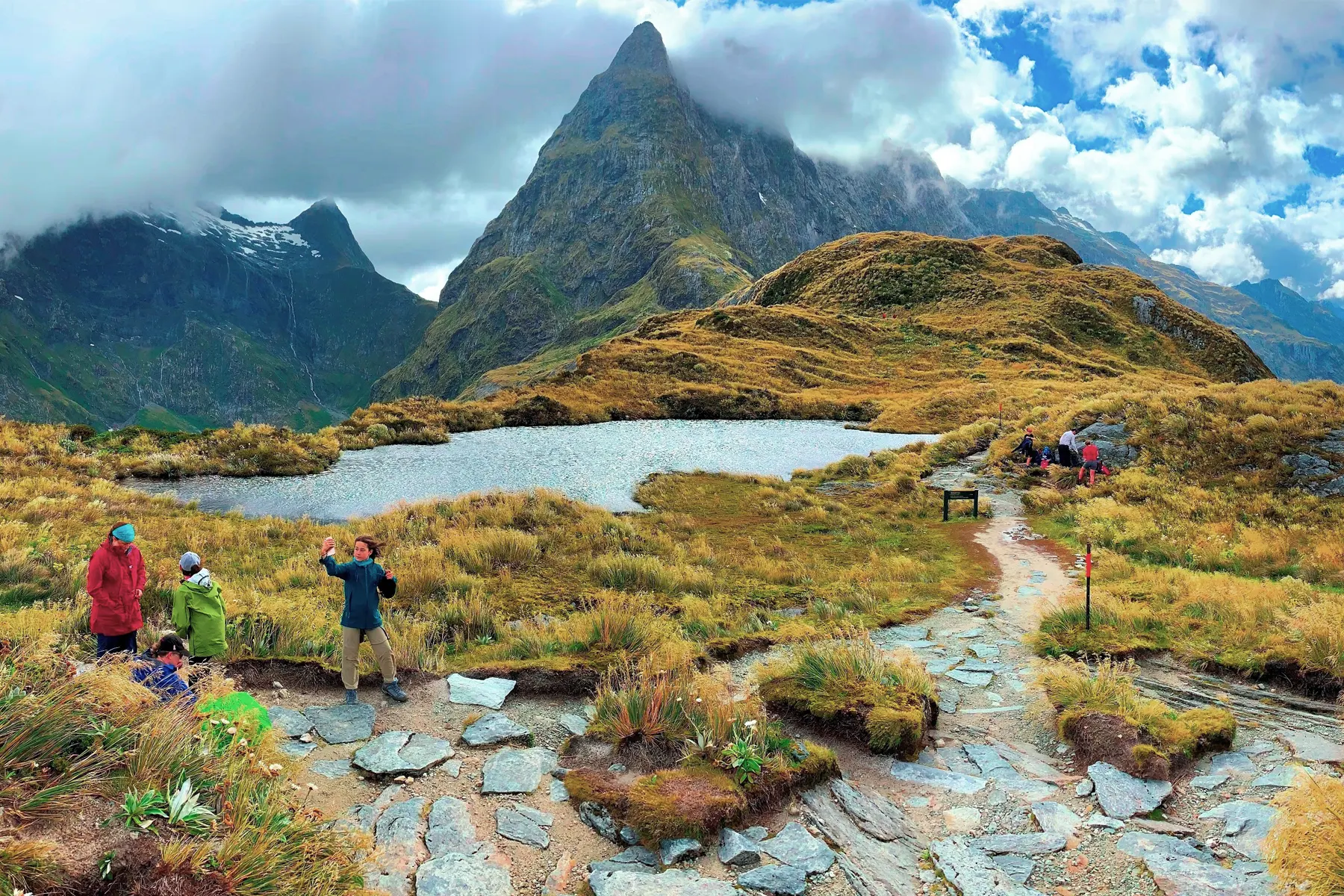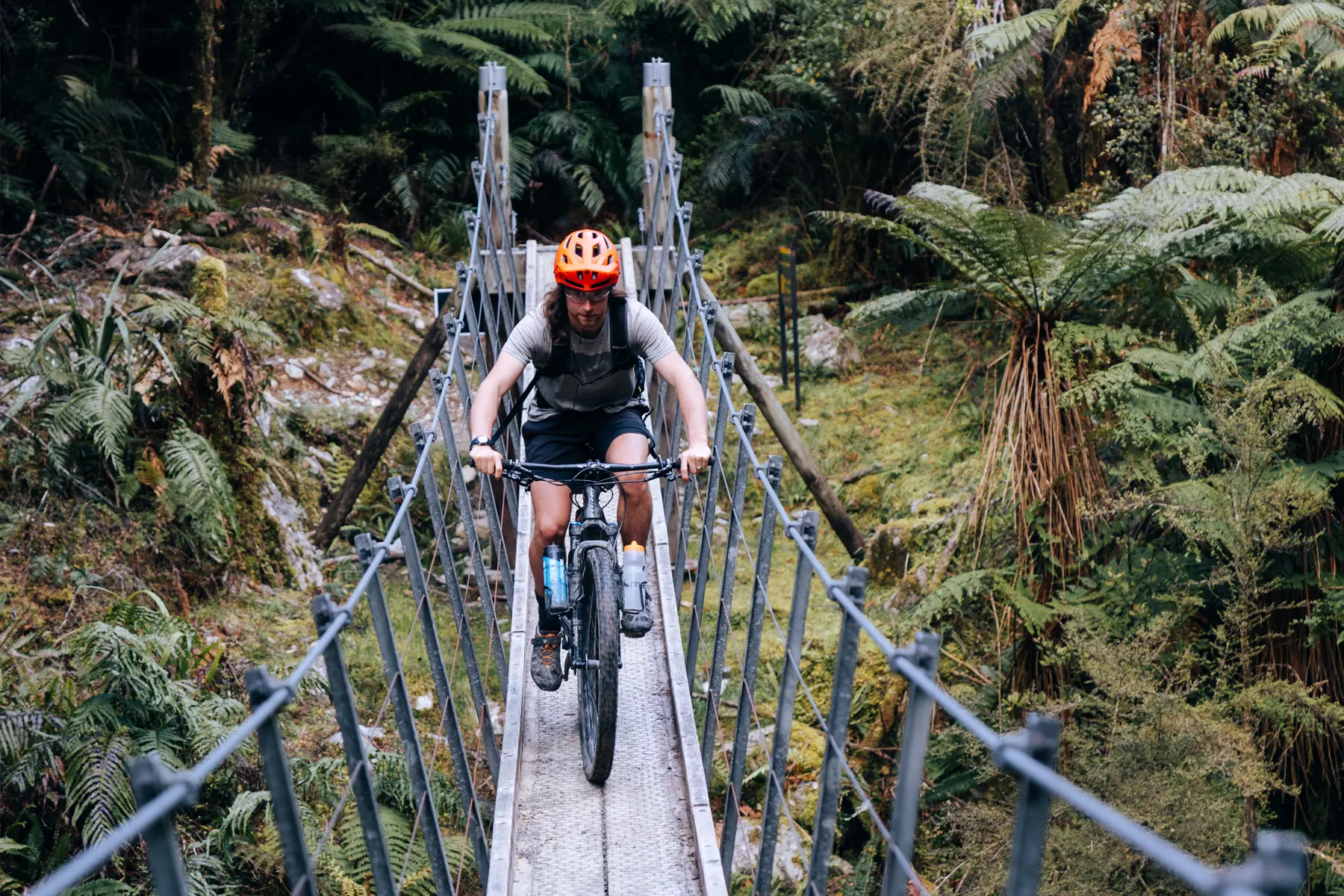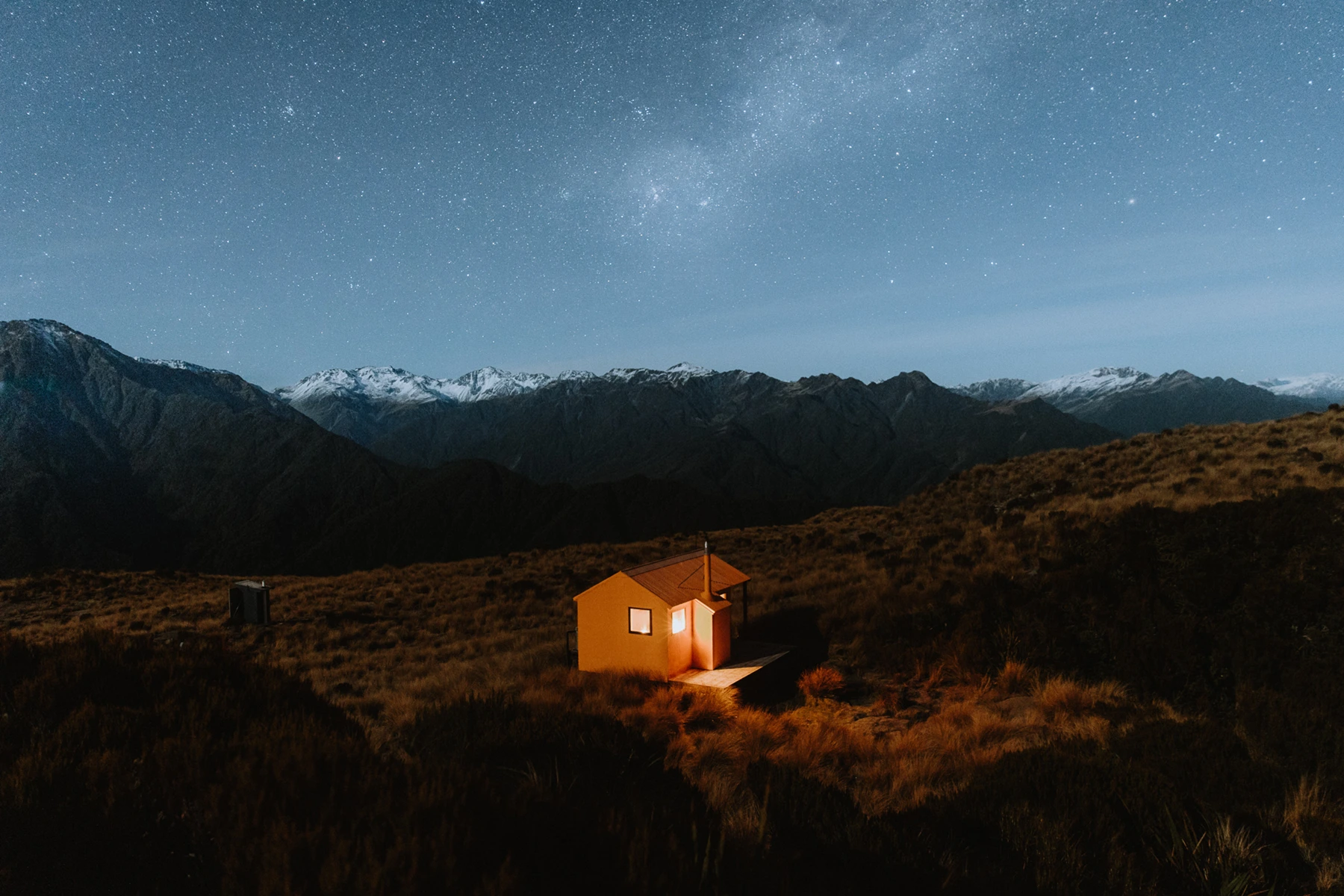Choosing the Perfect Backpacking Stove | Exploring the Pros and Cons of Different Types
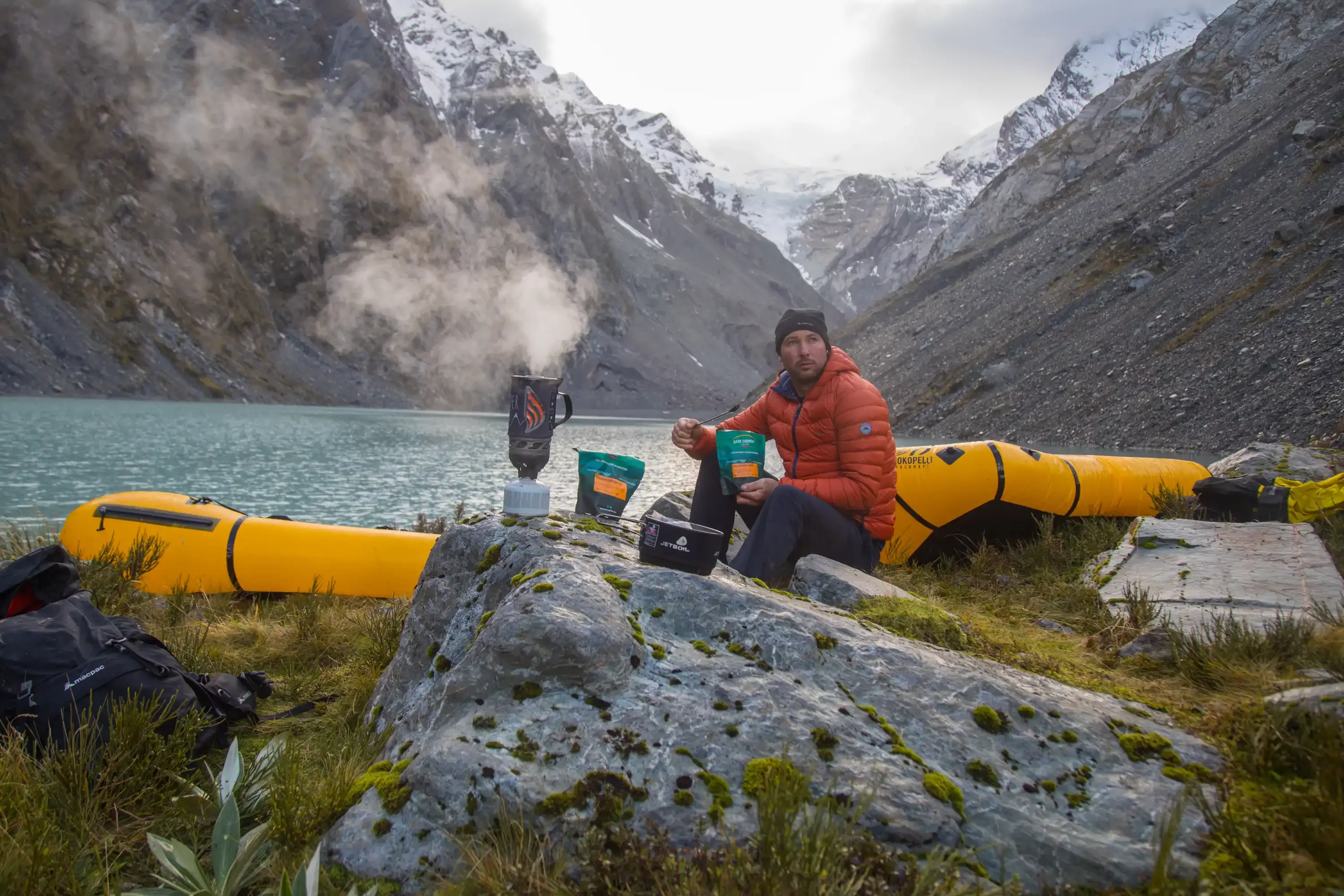
Backpacking
Bikepacking
Camping
How To
Introduction:
When it comes to backpacking (hiking or hunting), especially on longer trips and in cooler temperatures, having a reliable and efficient cooking system is essential. A backpacking stove is a vital piece of equipment that allows you to prepare hot meals and enjoy a warm cup of coffee in the great outdoors. However, with so many different types of backpacking stoves available, it can be overwhelming to make the right choice. In this blog, we will delve into the pros and cons of various backpacking stoves, helping you find the perfect cooking companion for your outdoor adventures.

1. Gas Canister Stoves:
Gas canister stoves have gained popularity among backpackers for their convenience and ease of use. They utilise pre-filled fuel canisters, usually containing isobutane or a propane/isobutane gas mix. Here are the pros and cons:
Pros:
- Lightweight and compact, making them ideal for backpacking.
- Easy to ignite and adjust the flame intensity.
- No priming required; they start quickly.
- Excellent fuel efficiency in most conditions and canisters come in different sizes.
- Minimal maintenance required.
Cons:
- Canister availability may be limited in remote areas.
- Difficulty determining the remaining fuel level.
- Not as efficient for extended trips or large group cooking because bigger or more fuel canisters can be bulky and add weight to your pack.
- Efficiency is reduced in very cold weather, requiring gas canisters to be warmed in your clothing pockets or using a configuration similar to a liquid fuel stove, where the canister is almost upside down.
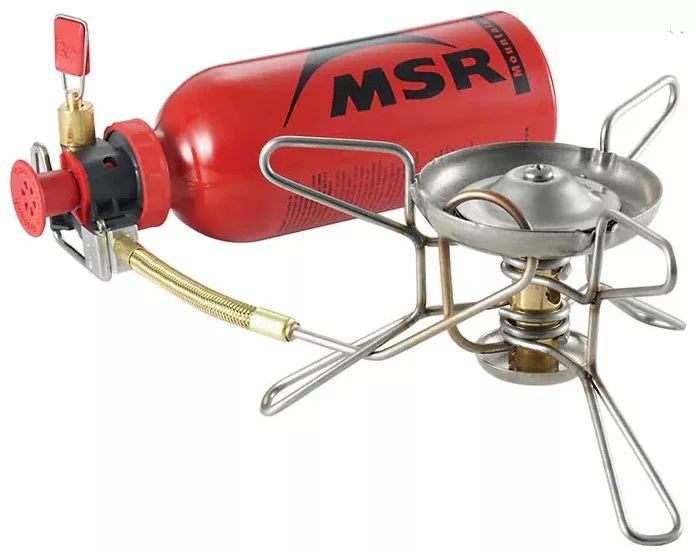
2. Liquid Fuel Stoves:
Liquid fuel stoves, such as white spirits or kerosene stoves, have been trusted companions for adventurers for many years. Let's explore their pros and cons:
Pros:
- Versatile fuel options; can burn various liquid fuels.
- Excellent performance in extreme cold or high-altitude conditions.
- Can be more fuel-efficient for long trips or large groups.
- Refillable fuel bottles provide flexibility and reduced waste.
- Ability to simmer and cook gourmet meals.
Cons:
- Heavier and bulkier than canister stoves.
- Requires priming and maintenance, including cleaning the stove.
- Initial setup and lighting can be more complicated.
- Potential for fuel spills and odour.
- Longer boiling time compared to some canister stoves.
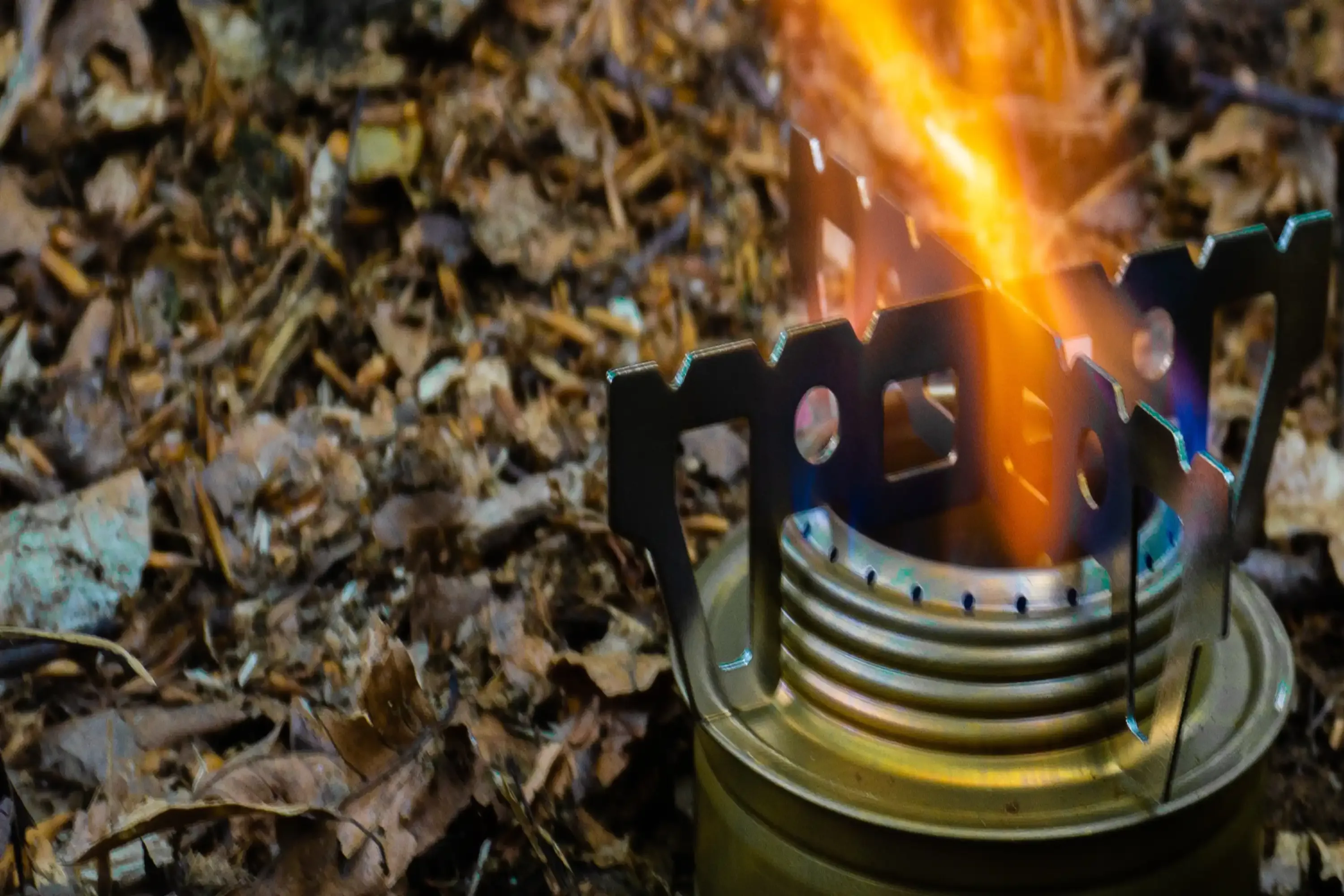
3. Alcohol Stoves:
Alcohol stoves, often homemade or purchased commercially, are popular among ultralight backpackers due to their simplicity and lightweight design. Here are their pros and cons:
Pros:
- Extremely lightweight and compact.
- Simple design with fewer moving parts.
- Alcohol fuel (e.g., denatured alcohol) is widely available and affordable.
- Quiet operation and minimal odor.
- Easy to DIY and modify.
Cons:
- Slower boil times compared to other stoves.
- Limited heat output, making them less suitable for cold weather or high-altitude cooking.
- Difficulty controlling the flame intensity.
- Lack of stability and wind resistance.
- Less efficient fuel consumption.
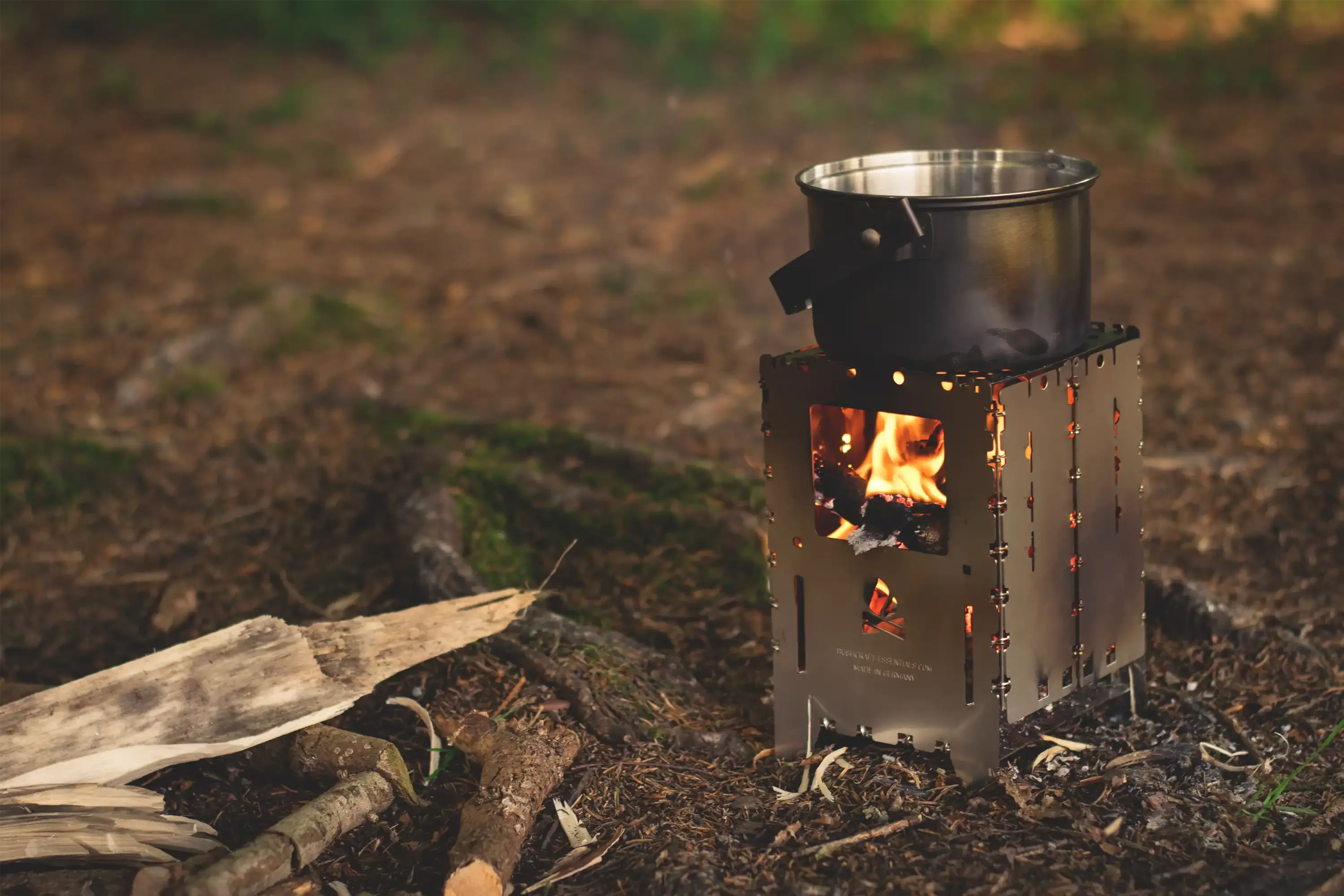
4. Solid Fuel Stoves:
Solid fuel stoves are really the first evolution from cooking on an open fire. They’re compact, easy to make, very quiet and the fuel can be free i.e. wood from around your campsite. Here are their pros and cons:
Pros:
- Extremely lightweight and compact.
- Simple design with no moving parts.
- Can burn wood or solid fuel tablets.
- Fuel can be free and you don’t have to carry it if there is dry wood around your campsite.
Cons:
- Slower boil times compared to other stoves.
- Limited heat output, making them less suitable for cold weather or high-altitude cooking.
- Difficulty controlling the flame intensity.
- Lack of stability and wind resistance.
- Less efficient fuel consumption.
- Potential for solid fuel tablet odour.
Conclusion:
Selecting the right backpacking stove depends on your specific needs and preferences. Gas canister stoves offer convenience and simplicity, making them an excellent choice for shorter trips or solo adventures. Liquid fuel stoves provide versatility and robust performance in extreme conditions, making them ideal for longer trips and group cooking. Meanwhile, alcohol and solid feul stoves excel in ultralight scenarios where weight is paramount.
Consider your backpacking style, expected conditions, cooking requirements, and personal preferences when making a decision. Remember to prioritize safety, fuel efficiency, and ease of use. Whichever type of stove you choose, a reliable cooking system will undoubtedly enhance your outdoor dining experience, helping you stayed fuelled during your memorable adventures.
Happy backpacking and happy cooking!
To keep up to date with our latest blog sign up to our newsletter.

